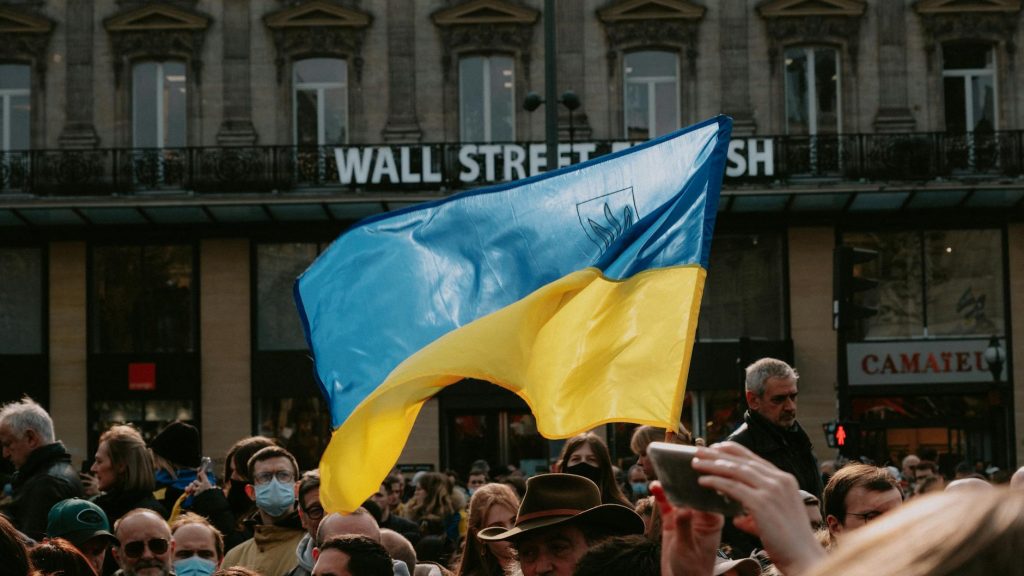In the realm of financial markets, Contract for Difference (CFD) trading stands out as a popular and dynamic form of speculation. CFD traders engage in the buying and selling of derivative contracts, allowing them to profit from price movements in various assets without owning the underlying asset. However, when conflict erupts on the global stage, the landscape for CFD traders undergoes significant shifts, presenting both challenges and opportunities.
Heightened Volatility and Risk
One of the most immediate impacts of war on CFD traders is the surge in market volatility and associated risk. Geopolitical tensions and military conflicts can trigger sudden and drastic fluctuations in asset prices across multiple markets, including stocks, commodities, and currencies. For CFD traders, heightened volatility translates to increased uncertainty and risk in their trading strategies.
Traders must adapt their risk management techniques to account for the elevated volatility levels during times of conflict. This may involve adjusting position sizes, setting tighter stop-loss orders, or diversifying their portfolios to spread risk across different assets.
Sector-specific Opportunities
While war may create broad market uncertainty, it also generates sector-specific opportunities for CFD traders. Certain industries, such as defense, energy, and precious metals, often experience heightened activity and price movements during times of conflict.
CFD traders can capitalize on these opportunities by focusing on sectors directly impacted by the war or geopolitical tensions. By monitoring news developments and analyzing market trends, traders can identify potential trading opportunities and adjust their strategies accordingly.
Safe-haven Assets and Risk-off Sentiment
During periods of geopolitical instability, investors typically flock to safe-haven assets as a hedge against uncertainty. Gold, government bonds, and traditional safe-haven currencies like the Swiss franc and the Japanese yen often experience increased demand, driving up prices and creating trading opportunities for CFD traders.
Traders can take advantage of the risk-off sentiment by incorporating safe-haven assets into their trading portfolios. Long positions in gold or short positions in riskier assets may offer protection against market downturns and provide opportunities for profit during times of heightened geopolitical risk.
Geopolitical Risk Premium
War introduces a geopolitical risk premium into asset prices, reflecting the heightened uncertainty and potential disruptions associated with conflict. This risk premium influences the pricing of CFD contracts across various asset classes, including stocks, commodities, and indices.
CFD traders must carefully assess and incorporate geopolitical risk premiums into their trading strategies. Failure to account for these premiums can lead to mispricing of contracts and increased exposure to unexpected market events.
Adaptability and Risk Management
In navigating the impact of war on CFD trading, adaptability and effective risk management are essential. Traders must stay informed about geopolitical developments, monitor market sentiment, and adjust their strategies accordingly.
Moreover, risk management practices such as position sizing, stop-loss orders, and diversification play a crucial role in mitigating potential losses during periods of heightened uncertainty.
In conclusion, war introduces a range of challenges and opportunities for CFD traders. Heightened volatility, sector-specific opportunities, safe-haven assets, and geopolitical risk premiums are among the key factors that influence CFD trading dynamics during times of conflict. By staying informed, remaining adaptable, and implementing effective risk management strategies, CFD traders can navigate the complexities of trading in a world fraught with geopolitical tensions and capitalize on opportunities that arise amidst uncertainty.




